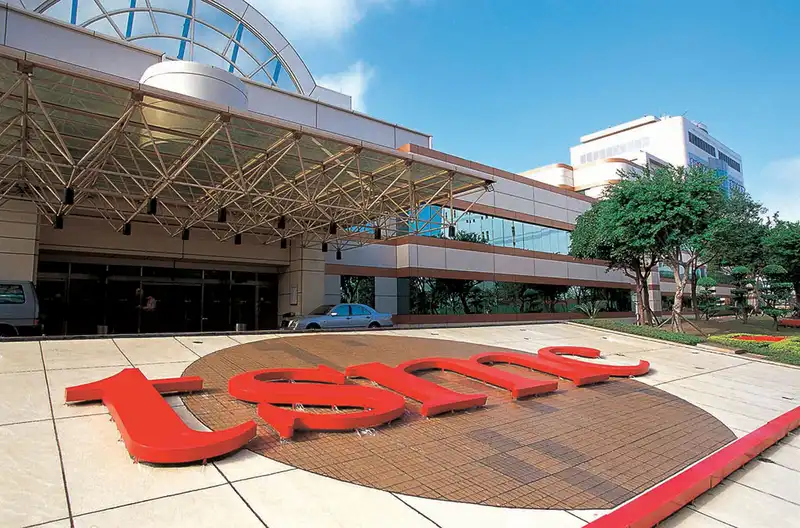On Wednesday, April 3, a magnitude 7.4 earthquake struck Taiwan. Aftershocks followed, and many Taiwan-based chipmakers and manufacturers were concerned that their production might be disrupted. In the week or so since then, these fears seem to have been largely unfounded.
Thankfully, most of Taiwan's population centers and semiconductor manufacturing facilities are not located in the mountainous region of eastern Taiwan that was the epicenter of the quake, and TSMC was quick to resume operations after assessing critical tools. As much as 80% of its production capacity was back online just 10 hours after the quake. [TSMC is not the only Taiwan-based chipmaker; according to Trendforce, DRAM makers including Micron, Nanya, and Winbond had achieved nearly full recovery by April 8.
However, Micron's Taoyuan plant reportedly had to scrap more than 60% of the wafers in production. Because these wafers are manufactured using Micron's state-of-the-art manufacturing process, the server market, where high-density chips and modules are destined to go, could see an upward price correction.
Overall, however, Trendforce estimates that the earthquake will reduce Q2 output by less than 1%, meaning that the earthquake will have only a minimal impact on consumer memory prices.
In other words, the PC market, and thus gamers, dodged a bullet with little impact on overall semiconductor manufacturing capacity. These events highlight the dependence of Taiwan's semiconductor manufacturing on the global supply chain.
Taiwan's susceptibility to earthquakes is one of the many reasons the government is trying to decentralize chip manufacturing capacity out of Taiwan. We have talked a lot about the U.S. government's efforts to expand the domestic semiconductor industry, notably the grants being distributed as part of the CHIPS Act. [If Taiwan were to experience a really big earthquake and chip supply were to be significantly disrupted, the downstream impact would be significant and could lead to a global recession.
Taiwan's location on a convergent plate boundary makes it tectonically active. The island is, in effect, the result of a number of small island arcs. As a result, chip manufacturing facilities and building codes are generally designed with earthquakes in mind. Taiwan has demonstrated the ability to dodge a 1 in 25 year earthquake without catastrophic damage, but there is always the possibility of a 'big one': Californians are well aware of that."


Comments